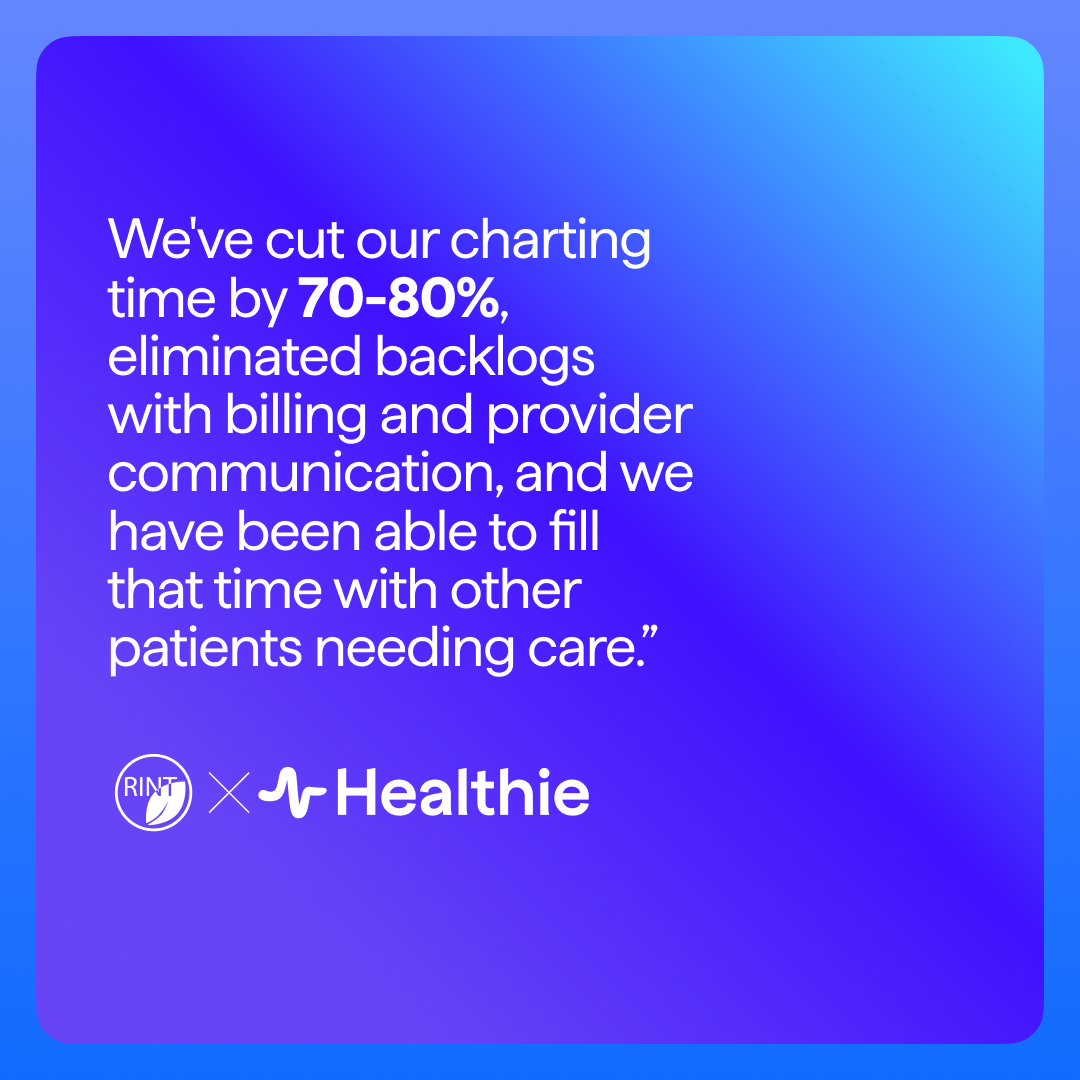
.png)
How to Set Up Online Payment for a Private Practice Small Business
Learn how to start online payment for your small business or private practice billing. Read how electronic healthcare bill payment can help.
During the insurance credentialing process, each insurance payer will require you to select a method for receiving payments for insurance claims for wellness services. With most insurance payers, you’ll have the option to set up Electronic Funds Transfer (EFT) or choose a traditional paper check method.
While many healthcare providers may prefer to receive a traditional paper check, switching to EFTs has its advantages. With reimbursement funds deposited directly into your bank account, payments can be received more quickly and conveniently.
Electronic Fund Transfer Process for Private Practices
Setting up your wellness business to file claims electronically and receive EFTs has many benefits over paper checks, including:
- Quicker claim + payment processing
- More convenient: no need to physically deposit checks
- Easier record keeping: quickly compare your EFT to your ERA to verify correct payments
- Environmentally friendly
EFTs are also beneficial to insurance payers, allowing payers to streamline their claims processing and eliminate mailing costs. For this reason, some insurance payers like CIGNA no longer send paper checks and require all providers to enroll in EFT.
For transfers, insurance payers use either an electronic clearing house (ECH) or a virtual credit card (VCC) to securely move payments to a provider’s bank account.
If you’re unsure of how to even bill clients through their insurance, Healthie can help you build Superbills with its Free Starter Plan. Simply click here to learn more.
Set Up Electronic Funds Transfer
Most often, choosing your EFT option will be done during the credentialing process and must be done directly with each insurance payer. If you’re already credentialed with an insurance payer and have been receiving physical checks for reimbursements, then you need to contact each payer to switch your payment method to EFTs. Some insurance payers make this process simple and can be done completely electronically through their website.
In other cases, the insurance payer will provide you with an EFT enrollment form to complete and return, along with a voided check. There may be an additional requirement for you to go to your bank and complete a form, or provide them a letter, allowing for automated clearinghouse (ACH) EFT transactions.
With some insurance payers, like Aetna, you may be directed to CAQH Enrollhub to set up your EFT preferences. Enrollhub allows you to receive EFTs and ERAs for multiple insurance payers through one portal.
Whether you have an insurance-based or self-pay practice, your clients will appreciate the support and services that can be provided via telehealth. While there are many tools to provide virtual services to your clients, choosing a HIPAA-compliant practice management software like Healthieis essential in safeguarding your client’s personal health information. Click here to see how you can utilize Healthie with a free trial.
Electronic EOBs and ERAs
As you set up your wellness practice to receive electronic payments, you’ll also receive additional electronic communication, referred to as Electronic Data Interchanges (EDIs). Here’s a breakdown of the terminology:
Electronic Explanation of Benefits (eEOB): an electronic EOB provides details about a medical insurance claim that has been processed and explains what portion was paid to the healthcare provider and what portion of the payment, if any, is the client’s responsibility. It’s not a bill, but it is typically sent to clients, and sometimes healthcare providers as well.
Electronic Remittance Advice (ERA): a safe and convenient alternative to paper reports. Similar to an EOB, the ERA provides details on the claim payment but is sent only to healthcare providers. An ERA will include information such as the status of claims payments, financial errors, and payer responses to claims.
No matter the size of your wellness business, opting for electronic funds transfer will save you time, and ensure a quick turn-around time for receiving payments. To get started, contact each insurance payer that you’re credentialed with to learn how to enroll in EFTs.
Your next step will be to focusing on keeping track of your claims reimbursements and reconciling your payments to ensure that you received the proper amount. For claims reconciliation, it can be beneficial to utilize a practice management platform like Healthie — which can integrate your insurance billing tool and EHR in one convenient place. Click here to sign up for a free starter account with Healthie to test out some of our most sought-after features.




